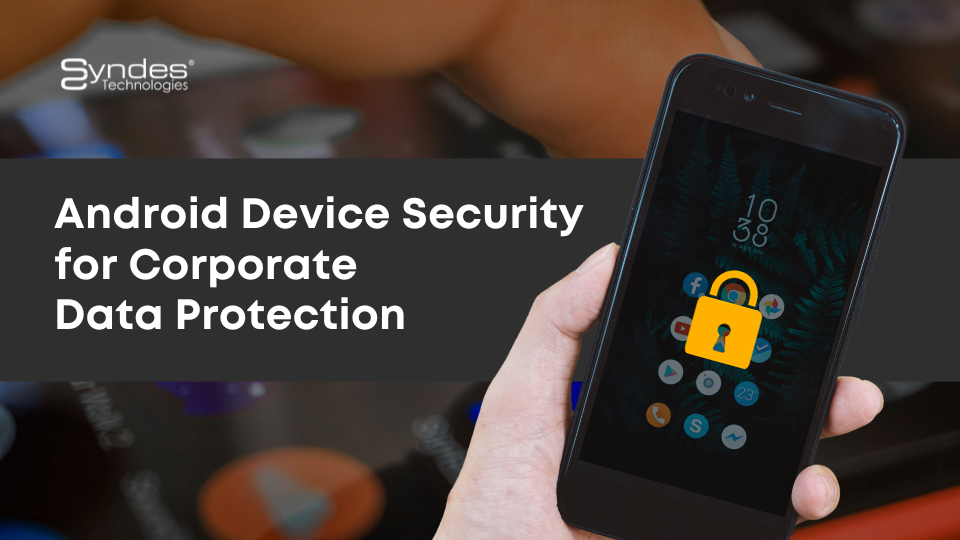4 Mistakes When Choosing an MDM for Your District
Teachers across the country are praising the benefits of using edtech in their classrooms and according to a recent survey, improved grades, more focused students and exciting lessons are just some of the outcomes. The demand for mobile devices in class is growing and as more enter schools, the greater the security risk for both schools and their districts. It’s critical that districts invest in a secure mobile device management (MDM) platform that gives them complete visibility over all their devices.
With the right solution in place, you’ll be putting your district in complete control. You’ll be able to manage all devices linked to your district and ensure their security from a central dashboard. You’ll have peace of mind knowing that policies are being honoured at every school in your district and with real-time analytics, you’ll be able to see exactly how each device is being used.
It’s hard to ignore the benefits of a good MDM for school districts, but before you take the plunge and roll out a solution, it’s important to know what pitfalls to be on the lookout for.
1. Getting locked into one option
A platform that only works with one OS or manages one type of device might seem cheaper to purchase initially. However, it may end up costing your district more in the long run. Many districts are implementing a Bring Your Own Device (BYOD) setup in order to save on the cost of devices. This is where students bring their own smartphone or tablet to school and use it for lessons.
If you are locked into one type of device or OS, your schools will have to supply classroom devices that are compatible. While iPads might be a great fit for kindergarten classes, high-school students might see greater benefits from using Chromebooks. Alternatively, your district will have to invest in several MDM platforms and monitor many platforms, as opposed to one.
2. Solutions that need constant, on-site monitoring
There are many school MDM solutions that require dedicated staff to monitor the platform round the clock. However, a cloud-based platform allows you to monitor everything from a dashboard while on the go. Your IT staff won’t be tied to their desks all day and unable to perform other functions. You’ll still be able to get real-time notifications of any potential problems; you just won’t have to be constantly watching.
3. Schools overriding district-wide settings
This is a big concern for those looking to roll out one solution district-wide. The good news is, there are MDM for school districts available that allow you complete control. You can set the security levels and prevent anyone from making changes at a school level. If a teacher or principal would like to make a change, they will have to get permission from the district first. You’ll have peace of mind that policies are being honoured in every school in your district.
4. Do your homework and trial an MDM for school districts
On the positive side, there are plenty of school MDM platforms out there, which means you can find just the right fit for your district’s needs. However, this means that you may have to do quite a bit of research and trial a few solutions before you find the one that works best for you.
With a wide selection of cloud-based platforms, you can actually run test setups quite easily. This gives you first-hand experience with all of the features and allows you to see how the solution will scale out to your entire district. Additionally, you can do all of this without the big expense of setting up a physical server room and monitoring site. Frankly, it’s never been easier to shop around and find the solution you need.
Find a flexible solution that gives you complete control over all devices
The most important thing to remember is that your solution should work for you and not the other way round. A cloud-based, multi-OS MDM platform that offers complete oversight and supports several devices will give you flexibility and control where you need it most.



